Niobium Oxalate for Nanomaterials and Composites
Properties of Niobium Oxalate
Niobium oxalate is a stable compound under normal conditions. It has a characteristic crystalline structure that makes it beneficial as a precursor in nanomaterial production. Decomposition occurs in the compound when it is subjected to heat treatment to produce niobium oxide. The resulting oxide exhibits high mechanical strength and electrical conductivity. The compound also has an excellent surface area. This characteristic enables its application in catalysts and sensors. For example, technical reports indicate that niobium oxalate possesses thermal stability up to 600°C. This data supports its use in high-temperature applications. It is, in fact, a stable compound for industrial and laboratory processes.
Role in Nanomaterial Synthesis
The compound is used as a starting material for the synthesis of various nanoscale materials. Niobium oxalate serves as a precursor to niobium oxide nanoparticles. Clean decomposition under protected conditions is essential. This process is credited with the formation of nanomaterials of uniform sizes. Reproducible experiments have demonstrated that the resulting particles are between 20 and 80 nanometres in size. Numerous producers employ niobium oxalate to achieve specific particle distributions. The process is straightforward and reproducible. The use of niobium oxalate facilitates the achievement of targeted morphologies and uniform phases in the final product. This enhances the functionality of multifunctional composites and electronic devices.
Advanced Applications of Niobium Oxalate
Uses of niobium oxalate extend beyond being applied as a precursor. Current practice includes its use in designing the nanostructure of multifunctional composites. Researchers have developed composites with improved dielectric properties and higher thermal conductivity. In one case, a blend of niobium oxide nanoparticles, derived from niobium oxalate, was incorporated into polymer matrices. This improved the strength and wear resistance of the composite. Sensors developed with such nanoparticles have demonstrated high sensitivity towards chemical changes. The material is also utilised in energy storage devices, such as lithium-ion batteries. It has been proven that adding niobium oxide enhances battery life and performance. These developments are attributed to intense particle-particle interactions and significant active surface area. These advancements impact daily life by prolonging the lifespan of consumer electronics and industrial appliances.
Further reading: Applications of Niobium Oxalate in Fine Functional Materials
Processing Routes from Niobium Oxalate to Functional Materials
There exist several routes for processing from niobium oxalate to functional materials. Thermal decomposition is among the most common routes. In this procedure, the compound undergoes thermal decomposition under controlled conditions. Decomposition of niobium oxalate is achieved through heat to produce niobium oxide. The procedure is carried out at temperatures ranging from approximately 500°C to 700°C. The second process is the sol-gel method. In this procedure, a sol of niobium oxalate is formed and subsequently gelled to create a network structure. The gel formed is dried and then calcined to produce the desired functional material. Both processes possess their benefits. The thermal decomposition process is faster. The sol-gel method allows for better control over the pore structure of the product. Over time, these processes have proven effective in industrial settings, allowing for the fabrication of composites carefully tailored to meet specific performance requirements in electronics and structural applications.
Conclusion
Niobium oxalate is integral to the advancement of nanomaterials and multifunctional composites. Its universal thermal and chemical properties are useful in producing nanomaterials with enhanced characteristics. For further niobium products, please check Stanford Advanced Materials (SAM).
Frequently Asked Questions
F: What is the primary use of niobium oxalate in material synthesis?
Q: It serves as a precursor for niobium oxide nanoparticles.
F: In what ways does the application of niobium oxalate improve composite materials?
Q: It increases thermal stability and electrical conductivity.
F: What is the most common process for converting niobium oxalate into useful materials?
Q: Thermal decomposition is the most commonly used method to convert niobium oxalate.

 Bars
Bars
 Beads & Spheres
Beads & Spheres
 Bolts & Nuts
Bolts & Nuts
 Crucibles
Crucibles
 Discs
Discs
 Fibers & Fabrics
Fibers & Fabrics
 Films
Films
 Flake
Flake
 Foams
Foams
 Foil
Foil
 Granules
Granules
 Honeycombs
Honeycombs
 Ink
Ink
 Laminate
Laminate
 Lumps
Lumps
 Meshes
Meshes
 Metallised Film
Metallised Film
 Plate
Plate
 Powders
Powders
 Rod
Rod
 Sheets
Sheets
 Single Crystals
Single Crystals
 Sputtering Target
Sputtering Target
 Tubes
Tubes
 Washer
Washer
 Wires
Wires
 Converters & Calculators
Converters & Calculators
 Write for Us
Write for Us
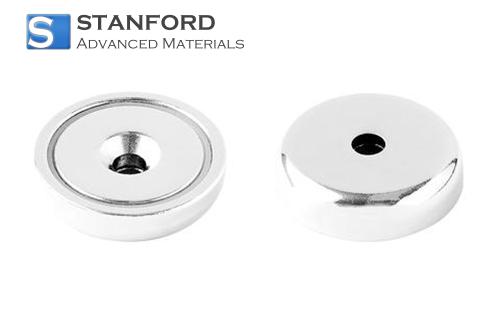
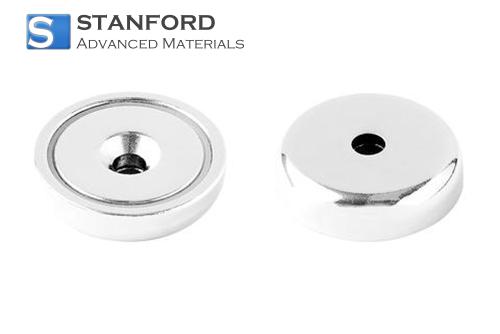
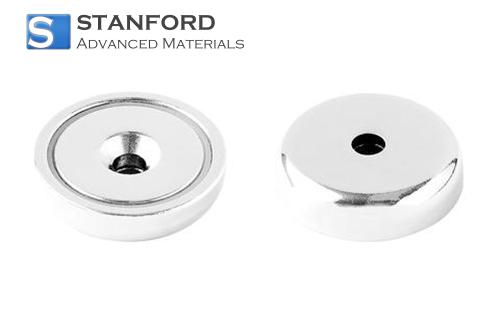
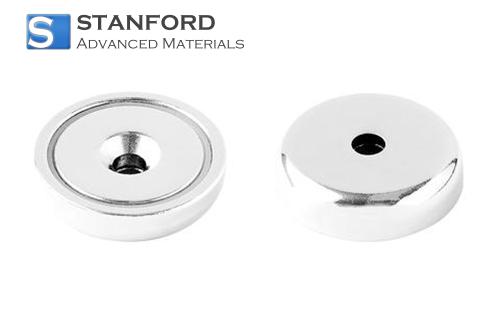
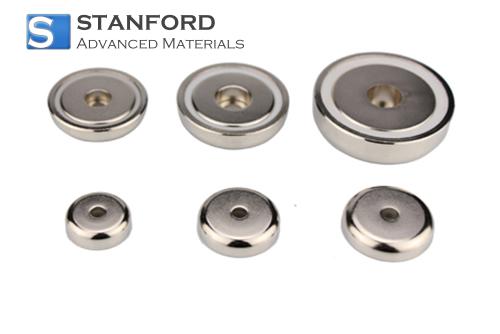
 Chin Trento
Chin Trento


